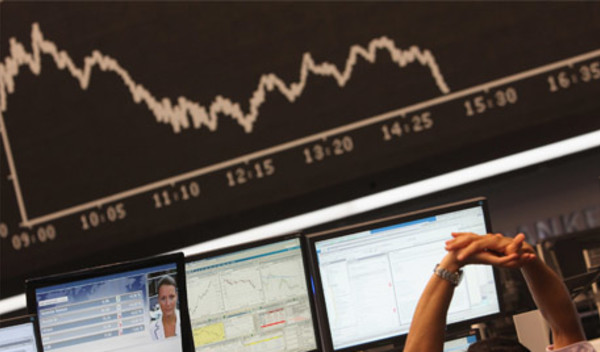

A couple of research notes have dropped into my inbox recently that emphasise investment returns over the next few years are likely to be significantly lower than those seen since the start of the current bull market in 2009, and indeed during the past few decades.
These forecasts have come as no surprise to us. While returns so far in 2016 have exceeded our expectations, we have been warning investors that quantitative easing and other central bank policies implemented in response to the global financial crisis have effectively resulted in us borrowing returns from the future.
This is particularly the case with developed government bond markets where, in spite of a recent pick-up in yields, it is hard to imagine investors enjoying much of a return at all, let alone after inflation.
Unsurprisingly, with lower returns forecast over the next few years, the subject of fund fees and the cost of investing generally is firmly in the spotlight.
Many assume that if returns are going to be lower, then charges should fall as a result. While I don’t necessarily disagree with this argument, I would also suggest that rather than focusing just on costs, investors should consider how to generate returns in a world where the traditional equity/bond model would appear to have very poor prospects.
Are passives really the answer? Yes, they may be cheap on a standalone basis. But like active funds they still carry additional platform and advice fees and advisers need to question on this basis whether they are likely to produce a good outcome for clients.
If we are really entering a lower growth, and therefore lower return, world then surely alpha generation has never been more important.
Indeed, the more capital that pours into trackers that buy companies with both good and poor prospects, the more inefficient the market becomes, which in turn improves the prospects for good active managers to add real value.
I was recently asked to comment on the overall cost of one of our multi-asset funds – Premier Multi-Asset Global Growth. The adviser – while recommending the vehicle to his clients – was concerned that in a low-return environment, too much growth would be eroded by charges. The fund in question has delivered four consecutive top-quartile calendar year returns to the end of 2015 and is on course to deliver its fifth this year. These returns are net of all fees including the cost of the underlying funds into which we invest.
Of course, past performance is no guarantee of future returns and all that, but in a world of low returns, passives and focusing purely on costs is not the answer.
If investors want to secure decent returns from here, they will have to think outside the box more than they have in the past, from both a top-down asset allocation point of view, as well as in terms of bottom-up stock – or in our case fund – selection.
David Hambidge is director of multi-asset funds at Premier Asset Management



